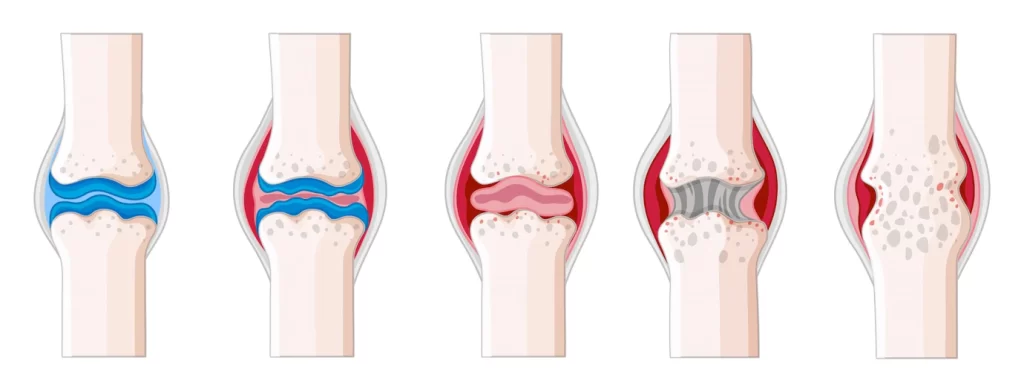Anatomy of the Joints

Joints are the areas in the body where bones meet, allowing for movement and flexibility. They are comprised of various components, including bones, cartilage, synovial fluid, ligaments, and tendons.
Bones are the hard, rigid structures that provide support and stability to the joints. They are connected to one another by ligaments, which are tough, fibrous tissues that hold the bones together and prevent excessive movement. Tendons are also important components of the joints, as they attach muscles to bones and help to control movement.
Cartilage is a smooth, flexible tissue that covers the ends of bones where they meet in the joints. It provides a cushion between the bones and helps to reduce friction during movement. Synovial fluid is a thick, clear liquid that surrounds the joint, acting as a lubricant to facilitate smooth movement.
The anatomy of joints can vary depending on their location and function in the body. Some joints, like the ball-and-socket joint of the hip, allow for a wide range of motion, while others, like the hinge joint of the elbow, are designed for more limited movement.
